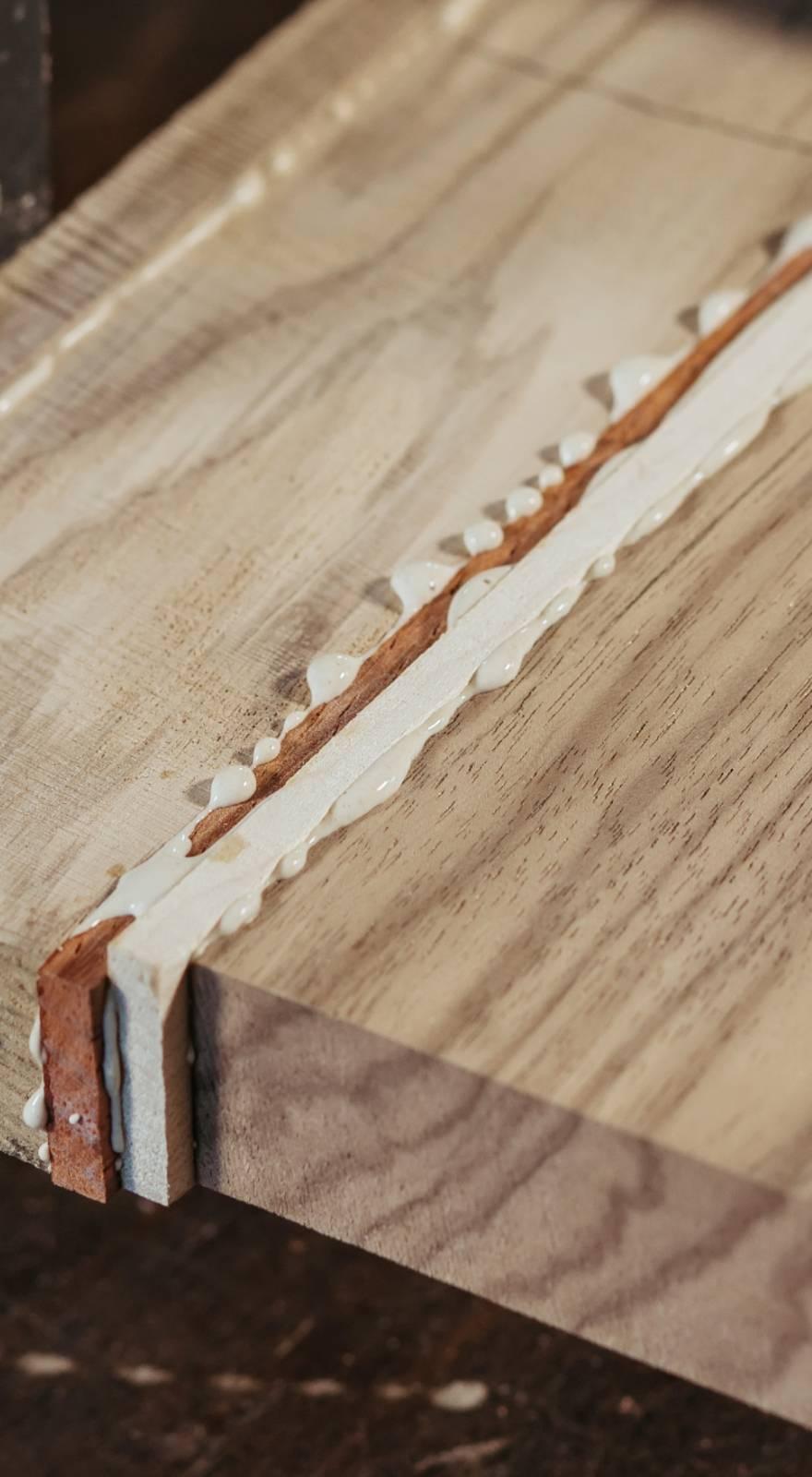Knowde Enhanced TDS
Identification & Functionality
- Chemical Family
- Foam Type
- Technologies
- Product Families
Features & Benefits
- Labeling Claims
- Ready-to-Use Product Features
- Advantages
- Expands 2 to 3 times compared to its initial volume.
- Can be shaped by sanding and cutting after 60 minutes.
- Drying through in 24 hours.
- Can be painted or covered with a coating (plaster, plaster, wallpaper, etc.)
- Excellent adhesion to most supports except PE, PTFE and silicones.
- Propellent gas respecting the ozone layer, CFC and HCFC free.
- Good resistance to aging and mold.
Applications & Uses
- Markets
- Compatible Substrates & Surfaces
- Applications
- Caulking.
- Heat and sound insulation.
- Insulation and wedging of pipes
- Filling of cavities and bleedings.
- Implementation
Preperation
- Use appropriate gloves and protect surrounding surfaces. Once hardened, the foam can only be removed mechanically.
- The aerosol must be at the optimum temperature between +20°C and +25°C. The application temperature must be above +5°C (material surface).
- Work surfaces must be clean and degreased.
- Moisten the surfaces to obtain a foam with a homogeneous structure and faster hardening.
Manual
- Remove the cover and attach the extruder nozzle to the valve.
- Turn the aerosol upside down and shake vigorously about 20 times before use. Apply the foam by holding the aerosol upside down.
- Fill the cavities partially, the foam expanding several times its initial volume. The foam, once injected, must always have at least one face in contact with the ambient air. In the case of deep cavities, proceed by successive injections, spaced approximately one hour apart, 5 cm at a time.
- Immediately clean the extruder nozzle, as well as the valve of the aerosol using the 2 IN 1 PU FOAM CLEANER.
- Cut the excess hardened foam -cutter, saw blade for example). The foam must be covered with a paint or coating (plaster, plaster, wallpaper, etc.). The foam remains sensitive to UV as long as it is not protected.
- Gloves Included In Accordance With Current Regulations
Consumption
Free-expanding filling capacity:
- 25 l for a 500 ml aerosol.
- 40 l for a 750 ml aerosol.
Equipment cleaning
The equipment is cleaned with the 2 IN 1 PU FOAM CLEANER before the foam dries or by scraping after hardening.
- Use
Upside Down
Properties
- Physical Form
- Adhesion
- Excellent on most substrates except PE, PTFE and silicones
- Resistance
- Aging and mold
- Thermal and Acoustic Insulation
- Very good
- Typical Properties
| Value | Units | Test Method / Conditions | |
| Density | 0.017 | - | - |
| Dry to the touch (18°C, 60% RH) | 10.0 | minutes | - |
| Elongation (break) | 20.0 | % | DIN 53455 |
| Expansion (Compared to its initial volume) | 2 - 3 times | - | - |
| Temperature Resistance | (-40) - 90 | °C | |
| Tensile Strength | 0.07 | MPa | DIN 53455 |
| Time Before Cutting (diameter 3 cm, 18°C, 60% RH) | 30.0 | minutes | - |
| Water Absorption (by volume) | 1.0 | % | - |
Safety & Health
- Warning
Dangerous, respect precautions.
Storage & Handling
- Storage
Store in vertical position at a temperature between +10°C and +20°C. The expiry date noted on the packaging is measured on the unopened product, stored at 20°C under normal
humidity conditions.

